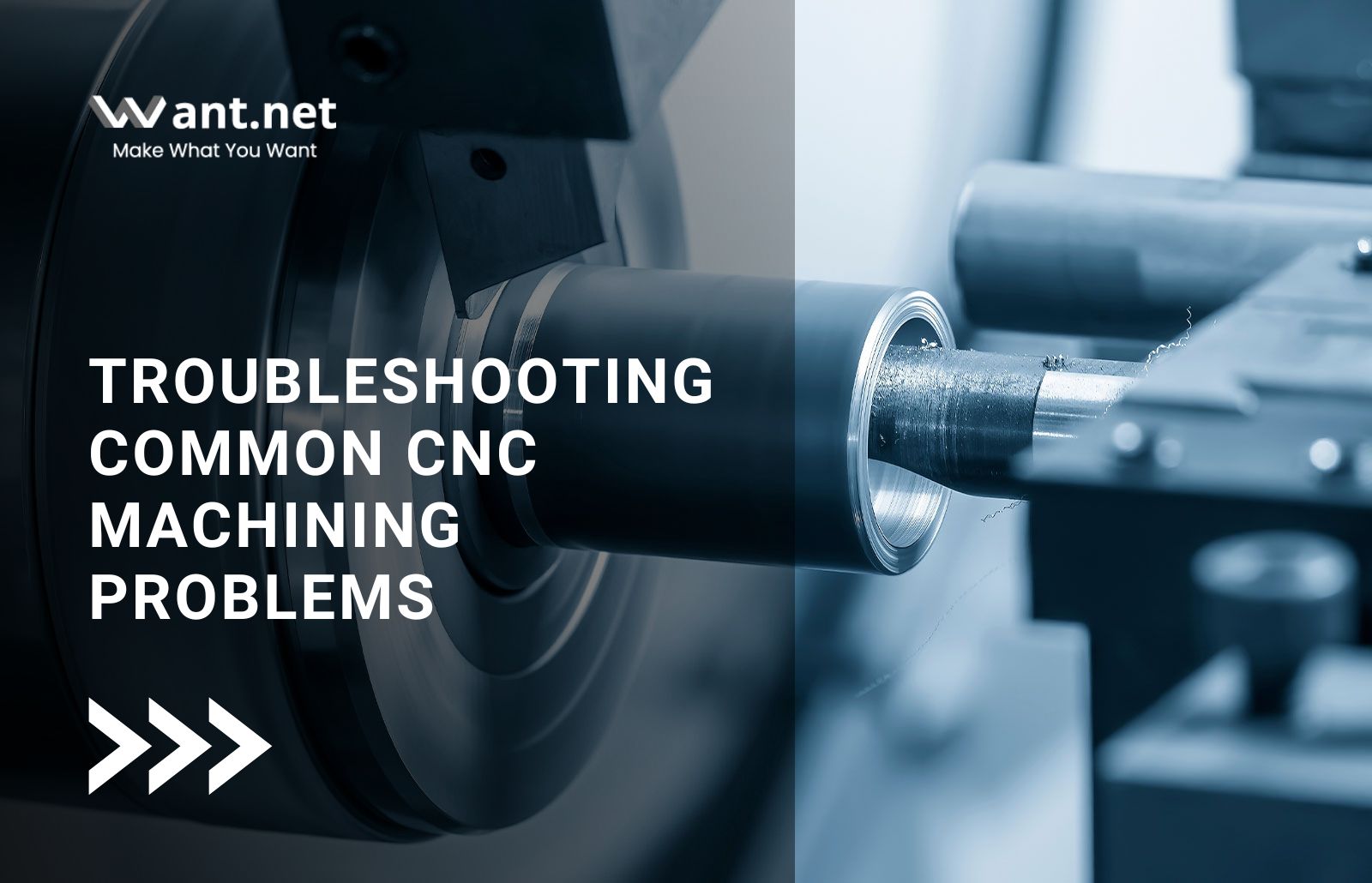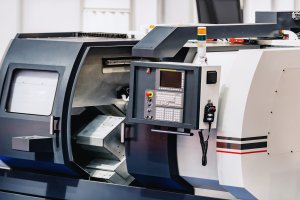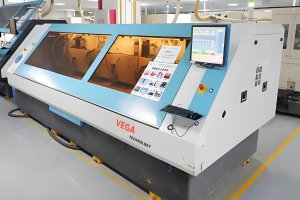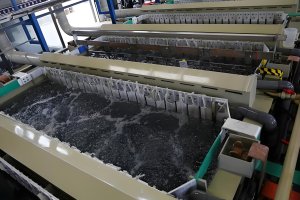CNC machining is an essential process for the manufacturing industry, providing precise and accurate production of parts and components. However, as with any manufacturing process, it can encounter issues that impact the quality of the output. In this article, we will discuss some of the most common problems encountered in CNC machining and how to troubleshoot them effectively.
Problem 1: Poor Surface Finish
A poor surface finish can occur due to a variety of factors, including tool wear, incorrect speeds and feeds, poor machine rigidity, or insufficient coolant. To troubleshoot this issue, you should check the condition of your cutting tool and replace it if necessary. You can also adjust your cutting speeds and feeds to ensure they are optimal for the material being machined. Additionally, you should check the rigidity of your machine and make any necessary adjustments or repairs. Finally, ensure that you are using sufficient coolant and that it is properly directed at the cutting tool.
Problem 2: Chatter
Chatter is a vibration that can occur during the machining process, leading to poor surface finish and even tool breakage. It can be caused by a variety of factors, including poor tool rigidity, insufficient or incorrect spindle speeds, and insufficient or incorrect tool engagement. To troubleshoot chatter, you should check the rigidity of your tool and the tool holder. You can also adjust your spindle speeds to ensure they are optimal for the material being machined. Additionally, you should ensure that the tool engagement is appropriate and adjust it if necessary.
Problem 3: Tool Breakage
Tool breakage is a common issue in CNC machining that can occur due to a variety of factors, including poor tool quality, incorrect cutting parameters, or poor machine rigidity. To troubleshoot this issue, you should first check the condition of your cutting tool and replace it if necessary. You can also adjust your cutting parameters to ensure they are optimal for the material being machined. Additionally, you should check the rigidity of your machine and make any necessary adjustments or repairs.
Problem 4: Out-of-Tolerance Parts
Out-of-tolerance parts can occur due to a variety of factors, including incorrect cutting parameters, machine tool wear, or incorrect tool offsets. To troubleshoot this issue, you should first check your cutting parameters and adjust them if necessary. You can also check the wear of your machine tool and make any necessary adjustments or repairs. Finally, ensure that your tool offsets are correct and adjust them if necessary.
Recommended Read: Streamline Your CNC Machining Workflow: Tips and Techniques
Problem 5: Poor Dimensional Accuracy
Poor dimensional accuracy can occur due to a variety of factors, including machine tool wear, poor tool quality, or incorrect cutting parameters. To troubleshoot this issue, you should check the wear of your machine tool and make any necessary adjustments or repairs. You can also check the quality of your cutting tool and replace it if necessary. Additionally, you should adjust your cutting parameters to ensure they are optimal for the material being machined.
Problem 6: Excessive Tool Wear
Excessive tool wear can occur due to a variety of factors, including poor tool quality, incorrect cutting parameters, or machine tool wear. To troubleshoot this issue, you should check the quality of your cutting tool and replace it if necessary. You can also adjust your cutting parameters to ensure they are optimal for the material being machined. Finally, check the wear of your machine tool and make any necessary adjustments or repairs.
Recommended Read: How to Achieve High-Quality CNC Machining Results
Problem 7: Improper Chip Formation
Improper chip formation can occur due to a variety of factors, including poor tool quality, incorrect cutting parameters, or poor machine rigidity. To troubleshoot this issue, you should check the quality of your cutting tool and replace it if necessary. You can also adjust your cutting parameters to ensure they are optimal for the material being machined. Finally, you should check the rigidity of your machine and make any necessary adjustments or repairs to ensure that the chips are forming correctly.
Problem 8: Machine Tool Overload
Machine tool overload can occur due to a variety of factors, including poor machine rigidity, incorrect cutting parameters, or poor tool quality. To troubleshoot this issue, you should first check the rigidity of your machine and make any necessary adjustments or repairs. You can also adjust your cutting parameters to ensure they are optimal for the material being machined. Finally, check the quality of your cutting tool and replace it if necessary.
Problem 9: Poor Tool Life
Poor tool life can occur due to a variety of factors, including poor tool quality, incorrect cutting parameters, or poor machine rigidity. To troubleshoot this issue, you should check the quality of your cutting tool and replace it if necessary. You can also adjust your cutting parameters to ensure they are optimal for the material being machined. Finally, check the rigidity of your machine and make any necessary adjustments or repairs.
Recommended Read: Debunking Misconceptions About CNC Machining
Problem 10: Inconsistent Dimensional Accuracy
Inconsistent dimensional accuracy can occur due to a variety of factors, including poor tool quality, incorrect cutting parameters, or poor machine rigidity. To troubleshoot this issue, you should check the quality of your cutting tool and replace it if necessary. You can also adjust your cutting parameters to ensure they are optimal for the material being machined. Finally, check the rigidity of your machine and make any necessary adjustments or repairs.
CNC machining is a complex process that requires a lot of attention to detail and troubleshooting when issues arise. By understanding the common problems encountered in CNC machining, you can take the necessary steps to troubleshoot them effectively and ensure that your output meets the required quality standards. Remember to always check the condition of your cutting tool, adjust your cutting parameters, check the rigidity of your machine, and use sufficient coolant to avoid issues such as poor surface finish, chatter, tool breakage, out-of-tolerance parts, poor dimensional accuracy, excessive tool wear, improper chip formation, machine tool overload, poor tool life, and inconsistent dimensional accuracy. With these troubleshooting tips, you can optimize your CNC machining service and provide high-quality parts and components to your customers.
Check out more CNC machining knowleadge.






